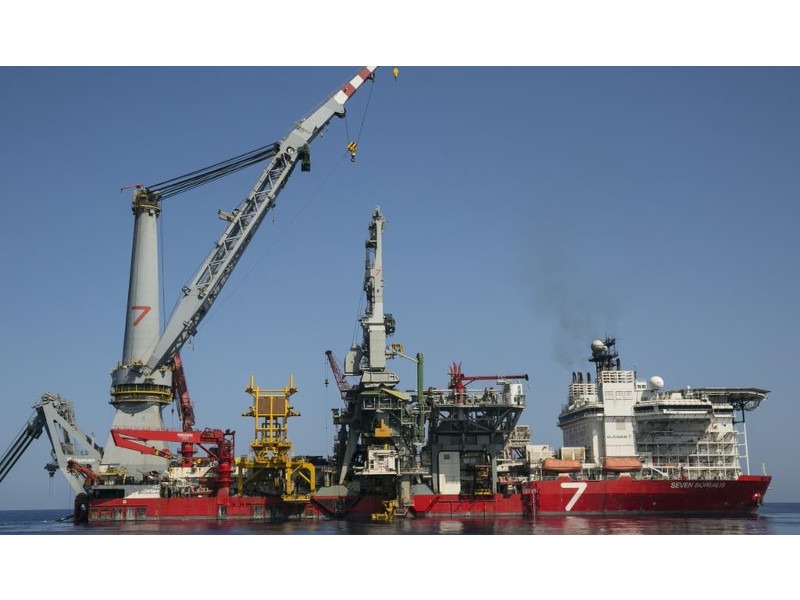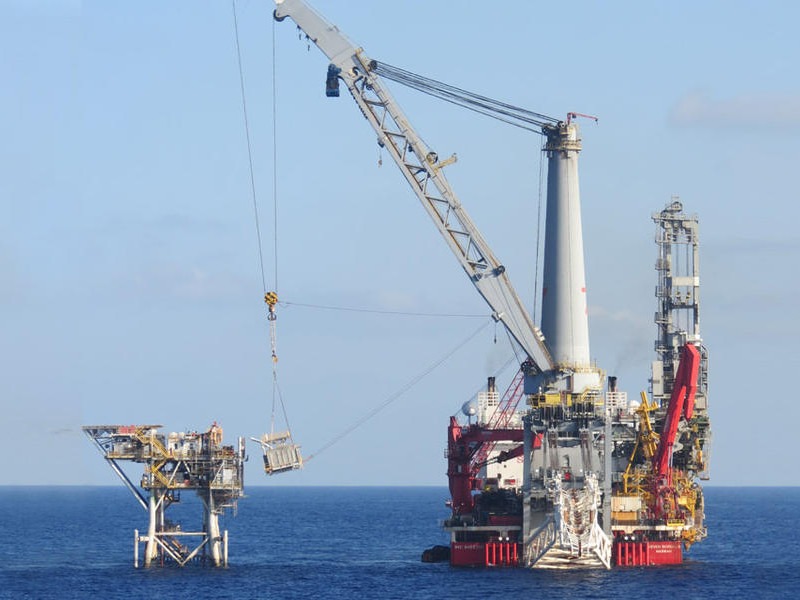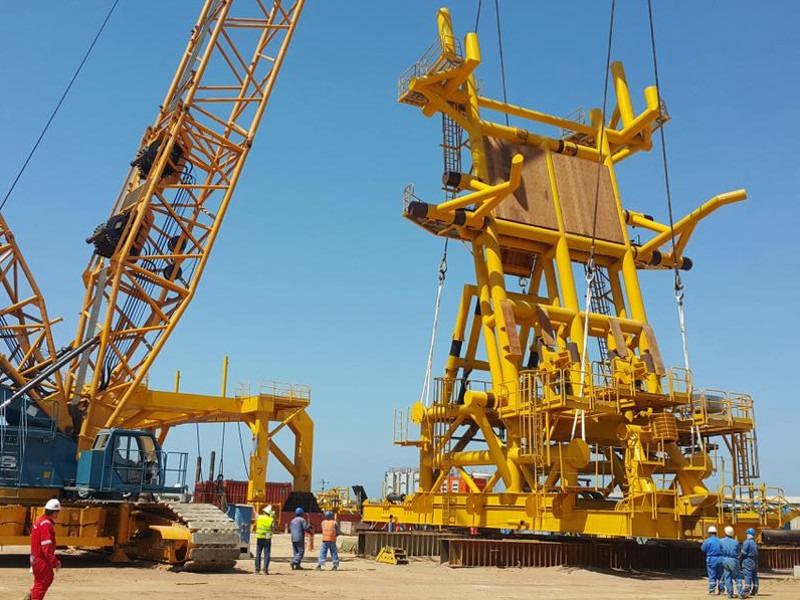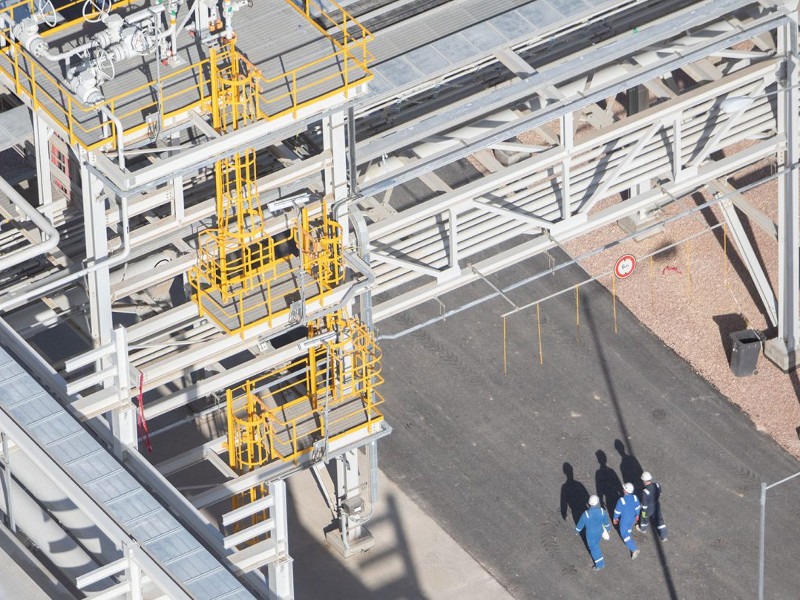The West Nile Delta gas project includes the development of five gas fields located off the coast of Alexandria in the Mediterranean Sea, Egypt.
The project is being developed by BP (82.75%, operator) and DEA Deutsche Erdoel (DEA, 17.25%) in three phases with a total estimated investment of $12bn.
First gas from the first phase of the project was achieved in March 2017, followed by that of the second phase in February 2019. The West Nile Delta project will be capable of producing 1.4 billion cubic feet (bcf) of gas a day upon commissioning of the third phase by the end of 2019.
The production capacity of the West Nile Delta project will be equivalent to 20% of Egypt’s current capacity of 6.6 billion cubic feet a day (bcf/d).
Project Gallery
-

The West Nile Delta project is located in the Mediterranean Sea, offshore Alexandria, Egypt. Image courtesy of DEA.
-

The gas project will have a production capacity of 1.4 billion cubic feet of gas per day. Image courtesy of DEA.
-

The first phase of project achieved its first gas in March 2017. Image courtesy of DEA.
-

The gas produced by the Fayoum and Giza gas fields is processed at BP’s Rosetta gas processing plant. Image courtesy of BP.
West Nile Delta project gas fields location and discovery
The five gas fields that are part of the West Nile Delta project include Taurus, Libra, Giza, Fayoum, and Raven. The gas fields are located in the North Alexandria and West Mediterranean Deepwater offshore concession blocks.
The Taurus, Libra, and Fayoum fields were discovered between 2000 and 2001, while the Raven and Giza gas fields were discovered in March 2004 and January 2007, respectively.
The Libra, Giza, Fayoum, and Taurus fields hold gas reserves in the Pilocene formations, while the Raven field holds hydrocarbons within the deeper Miocene formation.
The project also has scope for development of Ruby, Polaris, Viper, Maadi, and Hodoa gas fields, which were discovered between 2002 and 2010 and located within the concession blocks.
West Nile Delta project details
The first phase of the West Nile Delta gas project comprised the development of Taurus and Libra gas fields. A total of nine production wells, including six at Taurus and three at Libra, were drilled during the phase. The gross production capacity of the first phase is 105 million barrels of oil-equivalent per day (Mboed).
The Fayoum and Giza gas fields were developed under the second phase of the project and included the drilling of eight production wells. The gross production capacity of the Fayoum and Giza fields is 60Mboed.
The third phase will comprise the development of Raven gas field. Eight production wells are planned to be drilled at the field with first production scheduled for the end of 2019.
Gas processing for the West Nile Delta project
The gas produced from the Taurus and Libra fields is transported by a 48km-long pipeline to the onshore Burullus gas processing plant operated by Burullus Gas Company. The pipeline is installed at a water depth ranging between 70m and 600m.
Produced gas from the Fayoum and Giza gas fields is supplied to the Rosetta gas processing plant operated by BP, through a 69km-long gas pipeline.
The gas produced from the Raven gas field and the remaining under-developed fields will be processed at a new West Nile Delta onshore gas processing facility being developed in Idku City, north-east of Alexandria.
The new onshore facility will have a capacity to process more than 1bcf/d of gas. The construction work for the processing terminal began in February 2017.
Contractors involved
Subsea 7 was awarded the design, fabrication, installation, and commissioning contract for connecting the Taurus and Libra gas fields to the existing Burullus processing plant.
Van Oord was subcontracted by Subsea 7 to carry out dredging and landfall activities for the project.
Jan de Nul was responsible for connecting the Fayoum and Giza gas production fields to the existing Rosetta onshore gas processing plant.
Add Energy was awarded a maintenance build contract worth approximately £1.4m ($1.8m) for the project.
Fugro was responsible for conducting geophysical surveys for the offshore block concessions, while KBR was involved in the concept selection and definition of the new onshore processing facility and export pipeline.
Bechtel won the engineering, procurement, and construction contract for the new onshore processing plant.
Suppliers involved in the project are Sarens, Hydrasun, IESCON, Nexans, Hassan Allam, and OneSubsea, a joint-venture of Cameron and Schlumberger.
